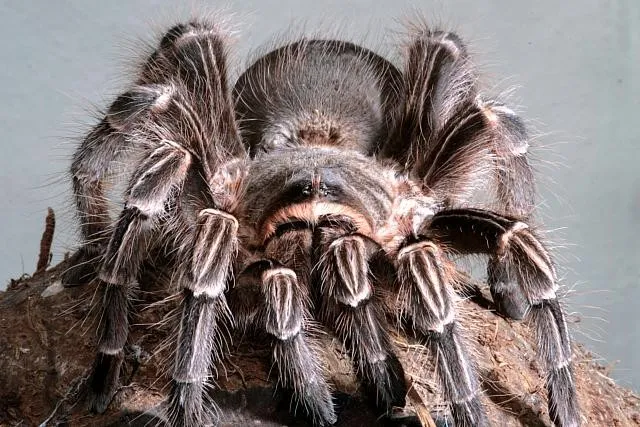Understanding the Pink Zebra Tarantula (Eupalaestrus campestratus)
The Pink Zebra Tarantula, scientifically known as Eupalaestrus campestratus, is a captivating species highly sought after by tarantula enthusiasts. Known for its striking coloration and relatively docile temperament, this South American native has become a popular choice for both beginner and experienced keepers. Understanding its needs is the first step in providing a thriving environment. These tarantulas are ground-dwelling spiders, meaning they prefer to live on the ground, often burrowing or creating webs to secure their habitat. Their beauty is matched by their manageable care requirements, making them an excellent choice for those looking to delve into the world of tarantula keeping. This guide will provide you with the essential information to successfully care for your Pink Zebra Tarantula and ensure its well-being. These spiders are also known for their calm demeanor, which makes them easier to handle, though handling should still be done with caution and understanding.
Origin and Habitat of Pink Zebra Tarantulas
Native to the grasslands and savannas of South America, specifically regions of Brazil, Paraguay, and Argentina, Pink Zebra Tarantulas thrive in warm, humid environments. In their natural habitat, they construct burrows or utilize natural shelters to protect themselves from predators and the elements. The climate in these areas is typically warm year-round, with distinct wet and dry seasons. Replicating these conditions in captivity is crucial for the tarantula’s health and longevity. Understanding their natural habitat informs the best practices for enclosure setup, temperature, and humidity control. Observing the behaviors of these tarantulas in their wild habitats gives us insight into how to care for them. The key to their well-being in captivity lies in the proper replication of their natural habitat.
Physical Characteristics of the Pink Zebra Tarantula
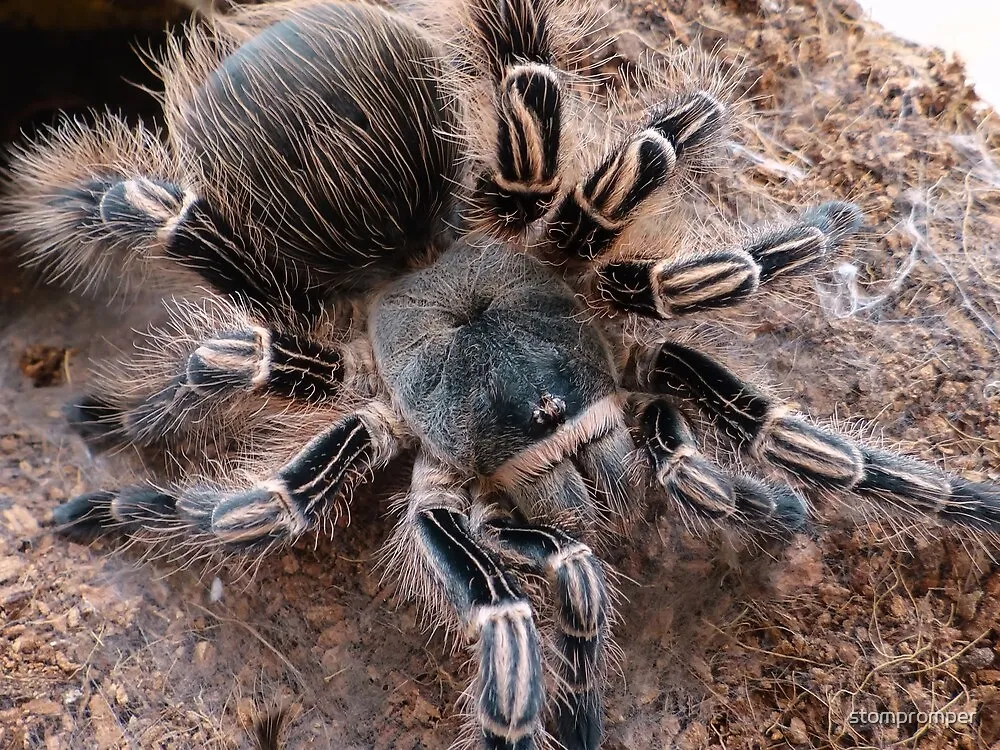
The Pink Zebra Tarantula gets its name from the distinctive pink coloration on its carapace and the zebra-like striping on its legs. These tarantulas typically have a leg span ranging from 5 to 6 inches when fully grown. Their bodies are covered in fine hairs, and they possess two sets of spinnerets used to produce silk for webbing and lining their burrows. The coloration can vary slightly depending on the individual and its age, with younger tarantulas often exhibiting more vibrant pink hues. Their large fangs are used for capturing prey, and they are also equipped with urticating hairs, which they can flick off their abdomen as a defense mechanism. The Pink Zebra Tarantula showcases nature’s artistry in its patterns and colors. The contrast of the pink carapace against the dark stripes of the legs creates a captivating visual display.
Top 5 Tips for Pink Zebra Tarantula Care
Caring for a Pink Zebra Tarantula involves several key aspects. Here are the top 5 tips to ensure your tarantula thrives in its captive environment. These tips will cover everything from setting up the habitat to providing the correct food and overall ensuring the well-being of your pet. By focusing on these fundamental principles, you’ll provide your Pink Zebra Tarantula with the best possible life. Understanding the needs of your tarantula will make the experience rewarding for both you and the spider.
Tip 1 Habitat Setup
The enclosure is a tarantula’s home and its setup significantly impacts its well-being. The appropriate enclosure size, substrate, and decor are essential for creating a comfortable and secure environment that mimics the tarantula’s natural habitat. A properly set-up enclosure will also help to prevent stress and promote natural behaviors such as burrowing or webbing. Ensuring that the habitat meets the needs of the tarantula ensures a healthy and thriving pet. The right setup will make the enclosure a home and a source of enrichment.
Enclosure Size and Type
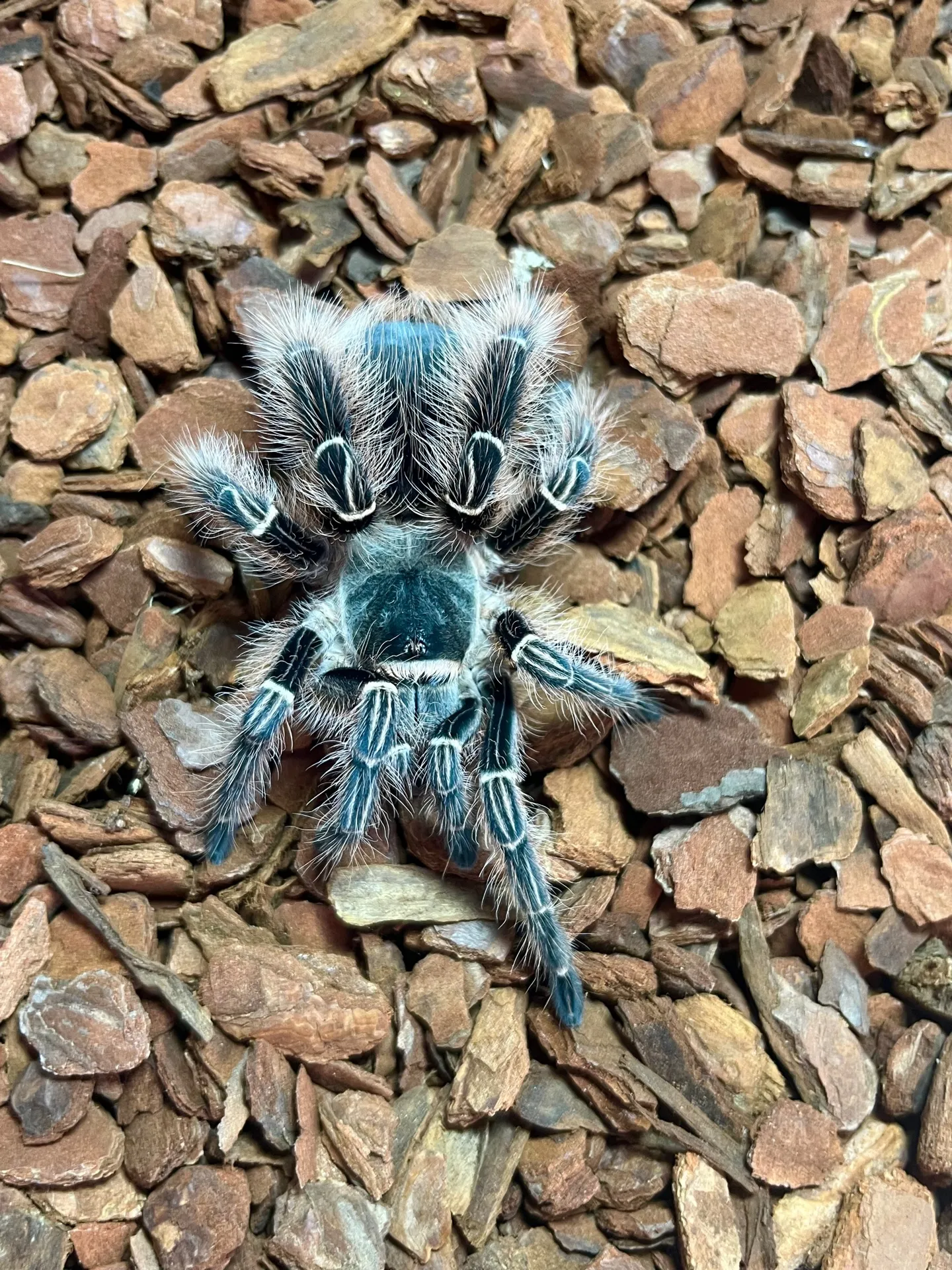
For adult Pink Zebra Tarantulas, a 10-gallon tank or a terrarium of similar size is typically sufficient. The enclosure should be well-ventilated with a secure lid to prevent escape. Glass or clear plastic enclosures are ideal for viewing, but ensure that the enclosure can maintain the required temperature and humidity levels. The enclosure must also provide enough space for the tarantula to move around and exhibit natural behaviors. Choosing the right size enclosure allows for an ideal habitat to thrive.
Substrate and Decor
A substrate of approximately 4-6 inches of a mixture of peat moss, coconut fiber, and vermiculite is recommended. This substrate will help to retain humidity and allow the tarantula to burrow. Include a hide, such as a cork bark or a half-log, for the tarantula to retreat to and feel secure. Decorate the enclosure with artificial plants or other natural elements to provide enrichment and mimic the tarantula’s natural environment. Ensuring the substrate is appropriate and the habitat contains appropriate decor is vital for comfort.
Tip 2 Temperature and Humidity
Maintaining the correct temperature and humidity is vital for the health of your Pink Zebra Tarantula. These factors influence their metabolism, molting cycle, and overall well-being. Regular monitoring and adjustment of the environmental conditions are necessary to keep your pet healthy and happy. Providing optimal conditions ensures that your tarantula can thrive and live a long, healthy life.
Ideal Temperature Range
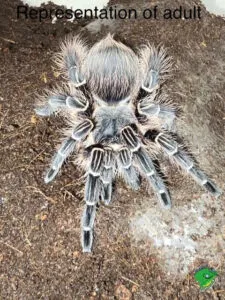
The ideal temperature range for a Pink Zebra Tarantula is between 75-85°F (24-29°C). Use a heat mat placed on the side or back of the enclosure, not directly under the substrate, to maintain the correct temperature. Avoid direct sunlight and monitor the temperature with a thermometer. Be sure to adjust the temperature to the needs of the tarantula. Monitoring the temperature will ensure a healthy habitat.
Maintaining Humidity Levels
Humidity levels should be maintained between 60-70%. Mist the enclosure lightly with dechlorinated water once or twice a week, depending on the ventilation and the humidity levels. Ensure that the substrate is slightly moist but not waterlogged. Proper ventilation is crucial to prevent mold growth. Monitoring humidity with a hygrometer is recommended. Maintaining the proper levels will allow the tarantula to thrive.
Tip 3 Feeding Your Pink Zebra Tarantula
Feeding is another crucial aspect of tarantula care, directly influencing its growth, molting, and overall health. Providing the right type and amount of food ensures that your Pink Zebra Tarantula receives the necessary nutrients. Feeding requirements can change based on the tarantula’s age, size, and molting cycle, making observation and adaptation essential for optimal care. A well-fed tarantula is a healthy tarantula, which is the ultimate goal.
Appropriate Prey Items
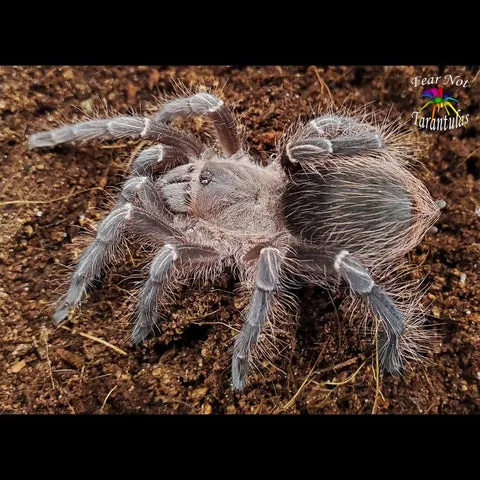
A varied diet of live insects is essential for a Pink Zebra Tarantula. Good options include crickets, mealworms, roaches, and occasionally, small earthworms. Ensure that the insects are gut-loaded with nutritious food before feeding them to your tarantula, which will provide more nourishment. Avoid feeding your tarantula wild-caught insects, as they may carry pesticides or parasites. Providing a varied and healthy diet is essential for their well-being.
Feeding Frequency and Size
Juvenile tarantulas should be fed 2-3 times a week, while adults can be fed once a week or every other week. Adjust the feeding frequency based on the tarantula’s appetite and growth rate. The size of the prey should be appropriate for the tarantula’s size; generally, the insect should be no larger than the tarantula’s body. Remove any uneaten prey within 24 hours to prevent stress and maintain a clean enclosure. Always feed your tarantula a reasonable amount of prey items.
Tip 4 Handling and Interaction
While Pink Zebra Tarantulas are known for their relatively docile nature, handling should be approached with caution and respect for the animal. Understanding their behavior and practicing safe handling techniques are crucial to minimize the risk of bites and prevent stress. Interaction should primarily focus on observation and providing a comfortable living environment. While some tarantula keepers enjoy interacting with their pets, understanding the needs of the tarantula must always come first. The safety of both the keeper and the tarantula should be the primary focus.
Safe Handling Practices
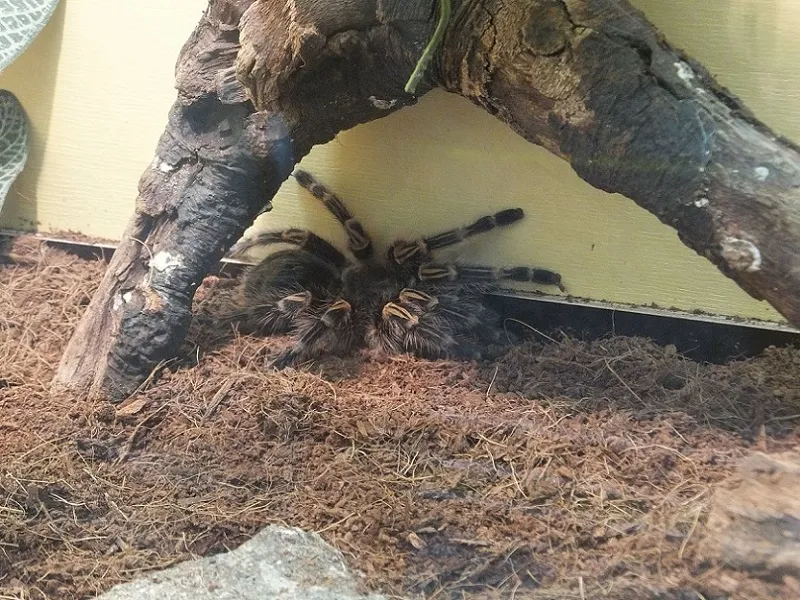
If you choose to handle your Pink Zebra Tarantula, do so gently and cautiously. Never pick up a tarantula from above, as this can be perceived as a threat. Instead, gently coax the tarantula onto your hand. Always handle the tarantula over a soft surface, such as a bed or a sofa, to minimize the risk of injury if it falls. Wash your hands thoroughly before and after handling to avoid transferring any substances to the tarantula. Proper handling practices require patience and respect for the animal’s boundaries.
Understanding Tarantula Behavior
Observe your tarantula’s behavior to understand its mood and needs. If a tarantula is defensive, it may raise its front legs, flick urticating hairs, or adopt a threat pose. Avoid handling the tarantula if it displays these behaviors. Learn to recognize the signs of a stressed or unhappy tarantula. Knowing the signals will improve the overall quality of care. Learning to understand the behavior of these creatures will make the experience easier.
Tip 5 Health and Common Issues
Like all pets, Pink Zebra Tarantulas can experience health issues. Recognizing the signs of illness and providing preventative care are essential aspects of responsible tarantula keeping. Regular observation and prompt action can help to ensure that your tarantula remains healthy and thrives. A healthy tarantula is a happy tarantula, and proper care is the key to their well-being. Being aware of any changes in behavior or appearance is vital.
Recognizing Signs of Illness
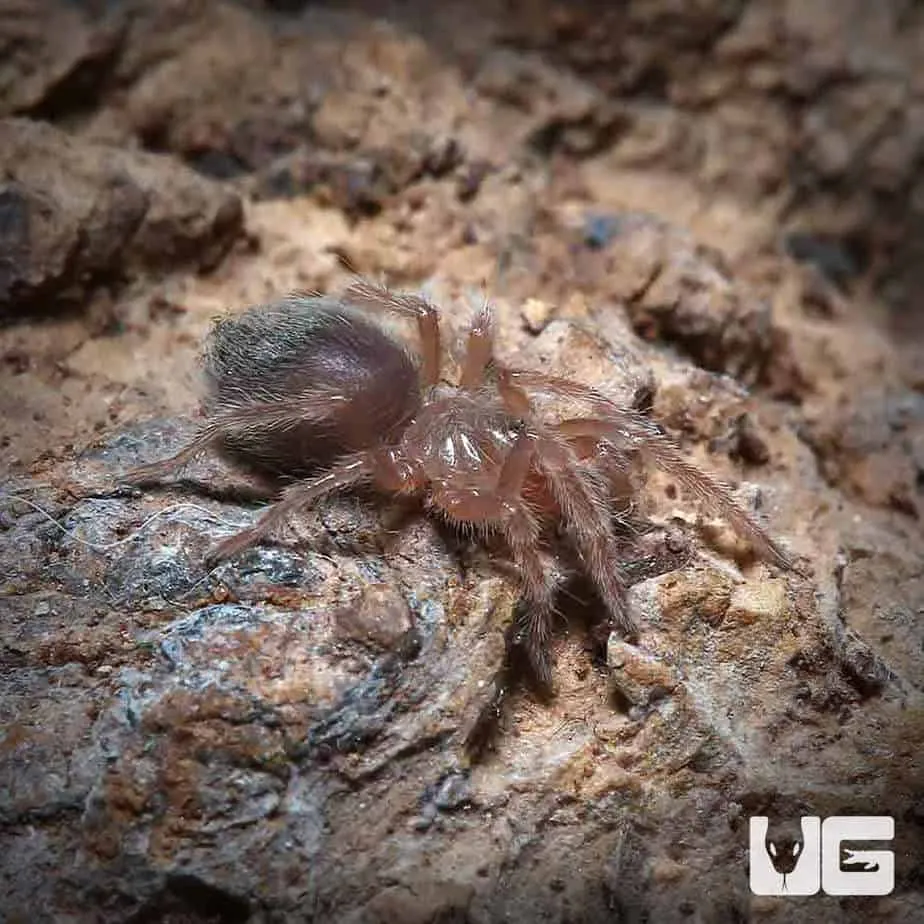
Watch for signs of illness such as loss of appetite, lethargy, unusual postures, or the inability to molt properly. Other indicators can include changes in the abdomen, such as swelling or discoloration. If you notice any of these symptoms, consult an experienced tarantula keeper or a veterinarian familiar with arachnids. Addressing health concerns as soon as possible will make a difference. Prompt intervention can often prevent more serious issues.
Preventative Care and Maintenance
Regularly clean the enclosure to remove any uneaten food and maintain a healthy environment. Ensure proper temperature and humidity levels to prevent respiratory infections. Provide fresh water in a shallow dish. Keep the enclosure free of any hazards, such as sharp objects or potential escape routes. Preventative measures go a long way in the health of your pet. Taking preventative action will help to ensure that your tarantula will live a long and healthy life.
Conclusion Caring for Your Pink Zebra Tarantula
Caring for a Pink Zebra Tarantula can be a rewarding experience, providing a unique glimpse into the world of arachnids. By following these five essential tips – focusing on habitat setup, maintaining the right temperature and humidity, feeding appropriately, practicing safe handling, and addressing health issues – you can provide your tarantula with the best possible care. With proper care and attention, your Pink Zebra Tarantula can thrive and bring you years of enjoyment. This beautiful creature will make a wonderful companion, offering a fulfilling experience for any tarantula enthusiast. Enjoy your journey into the world of tarantula keeping!
